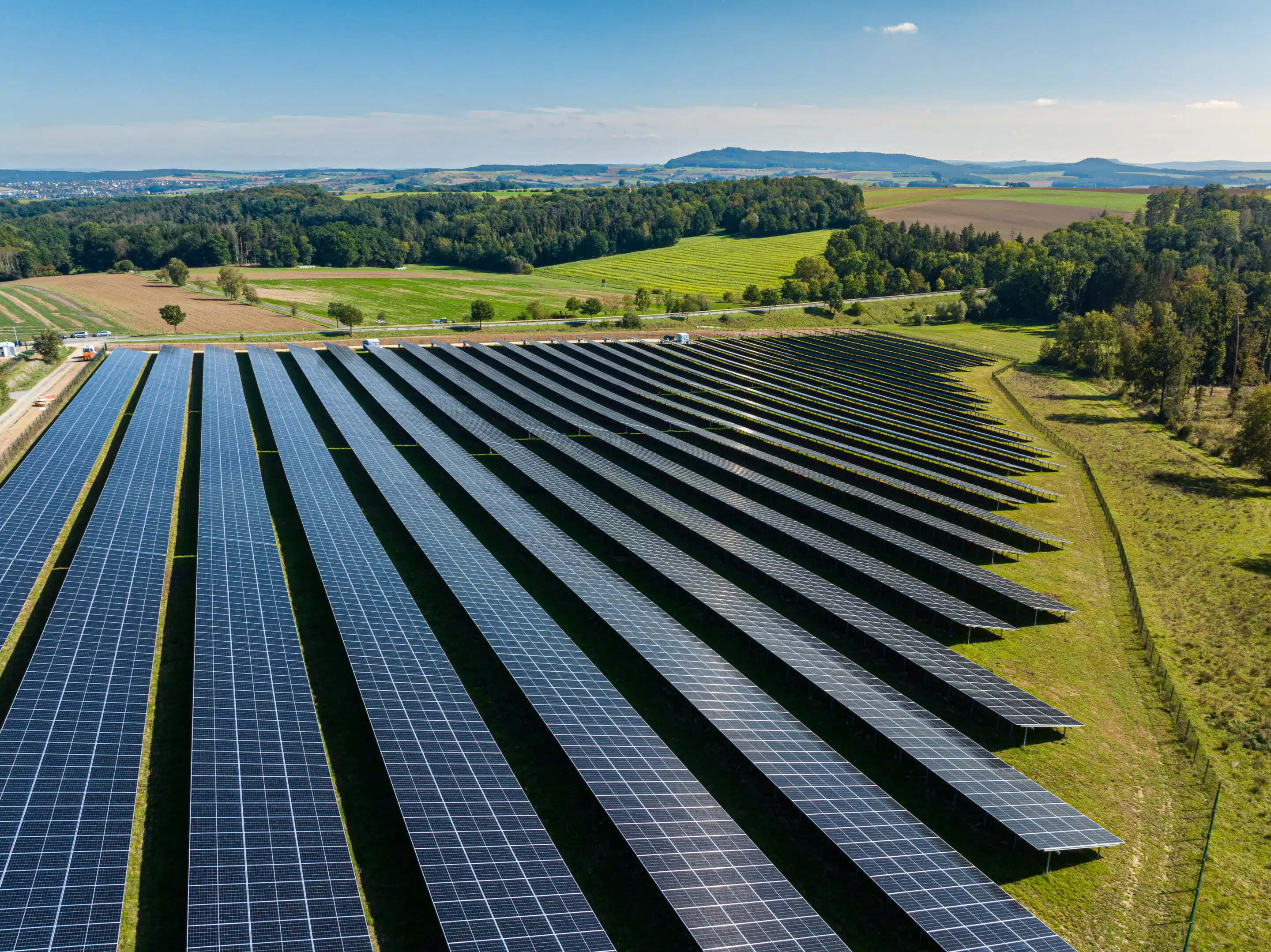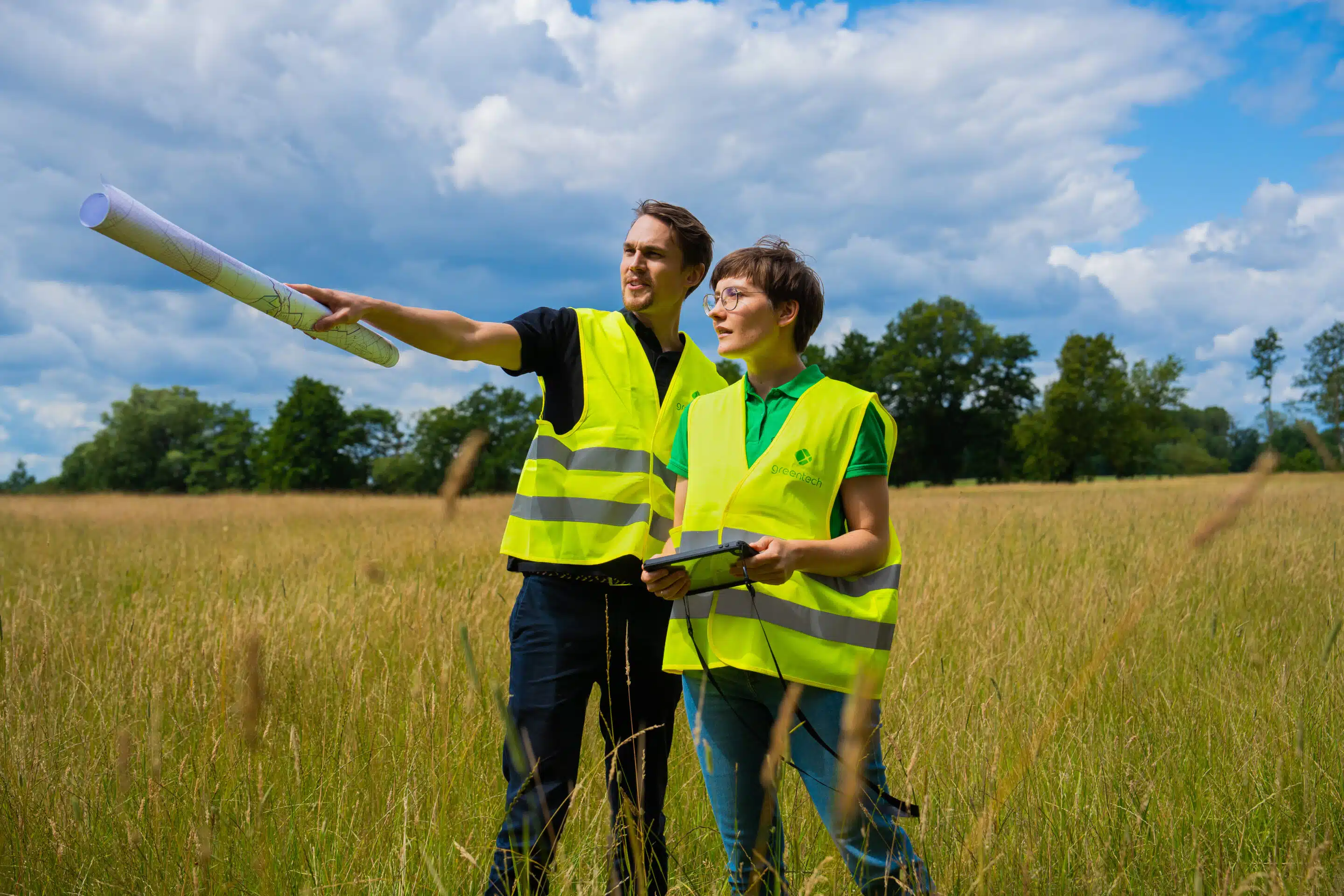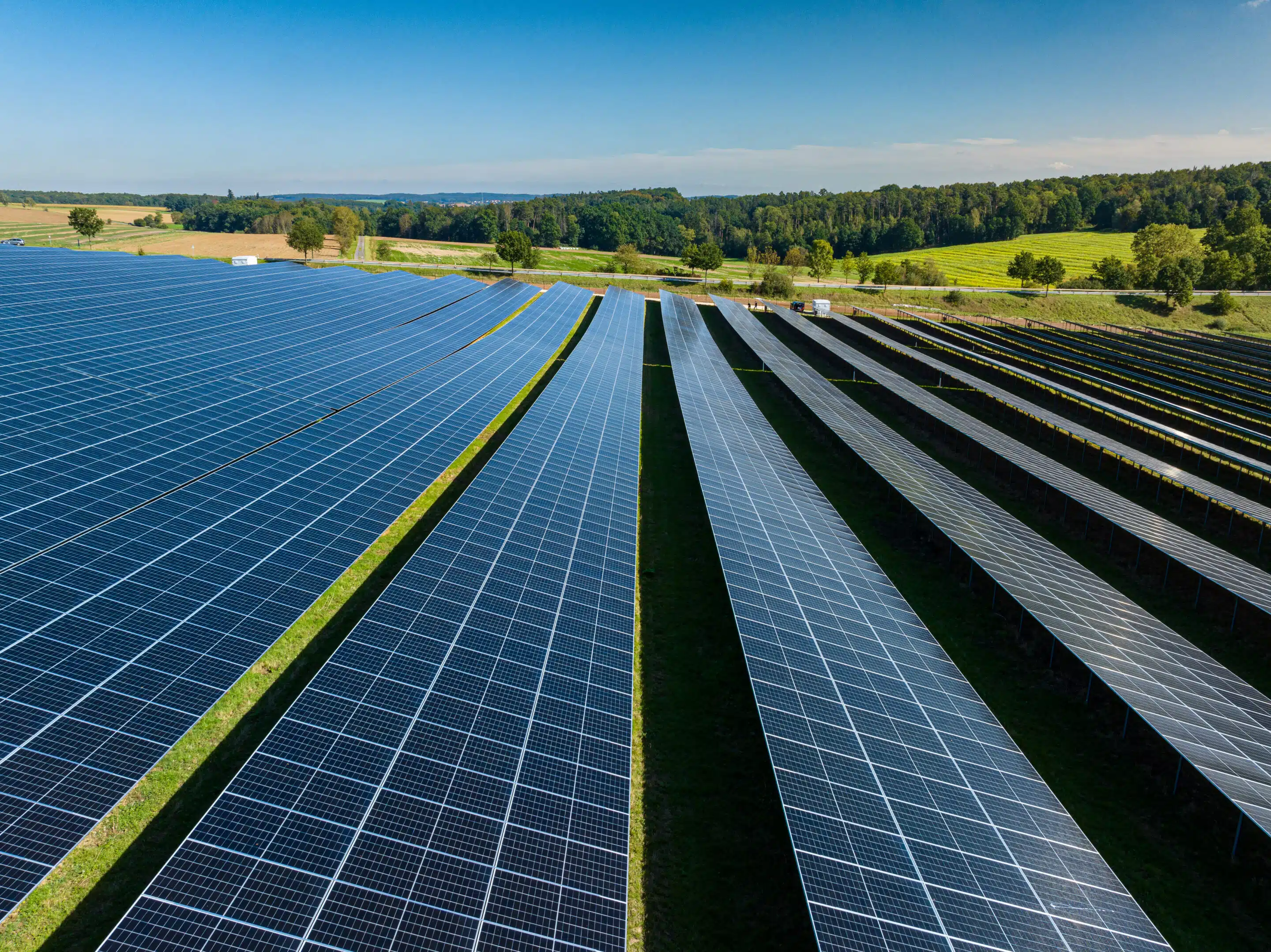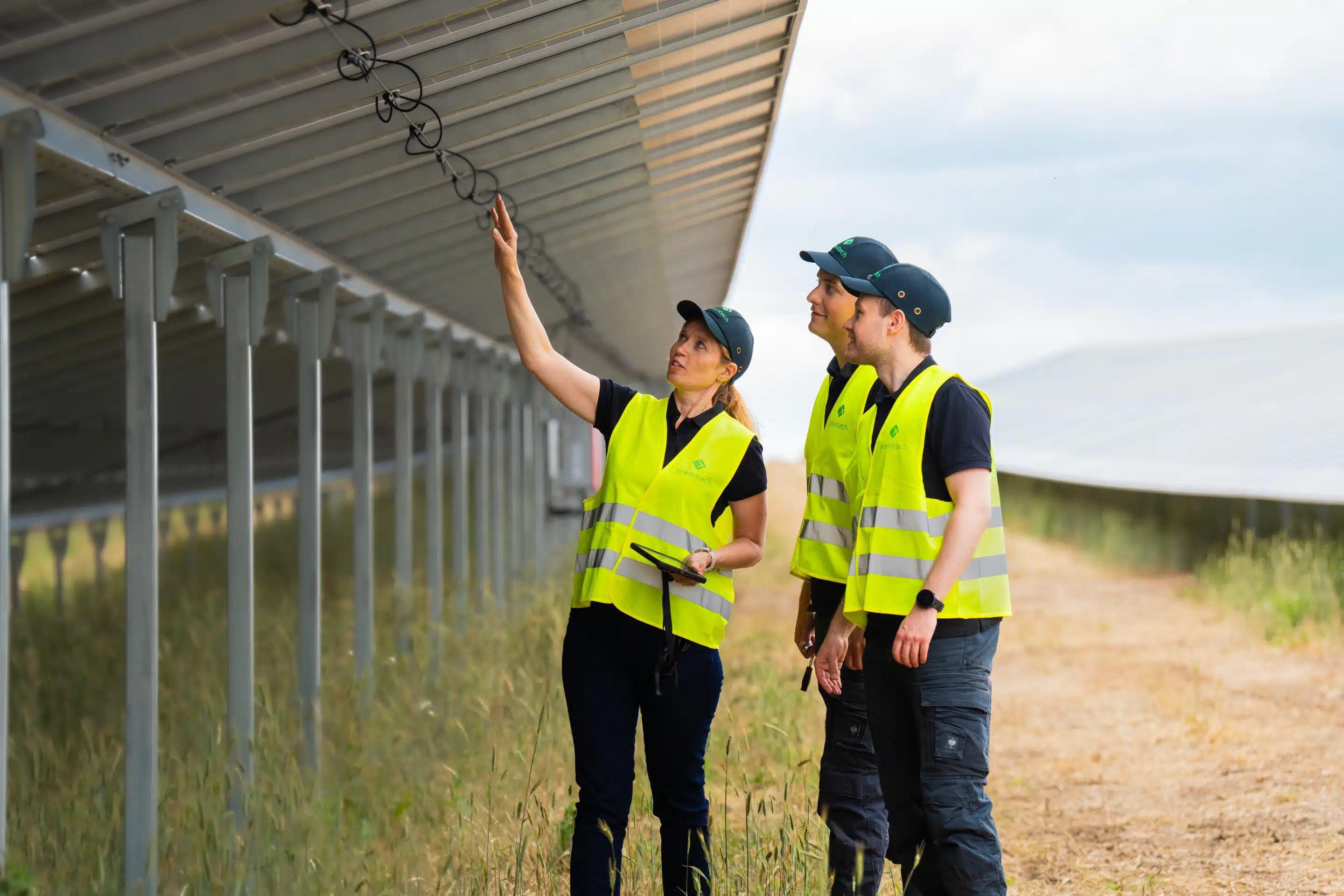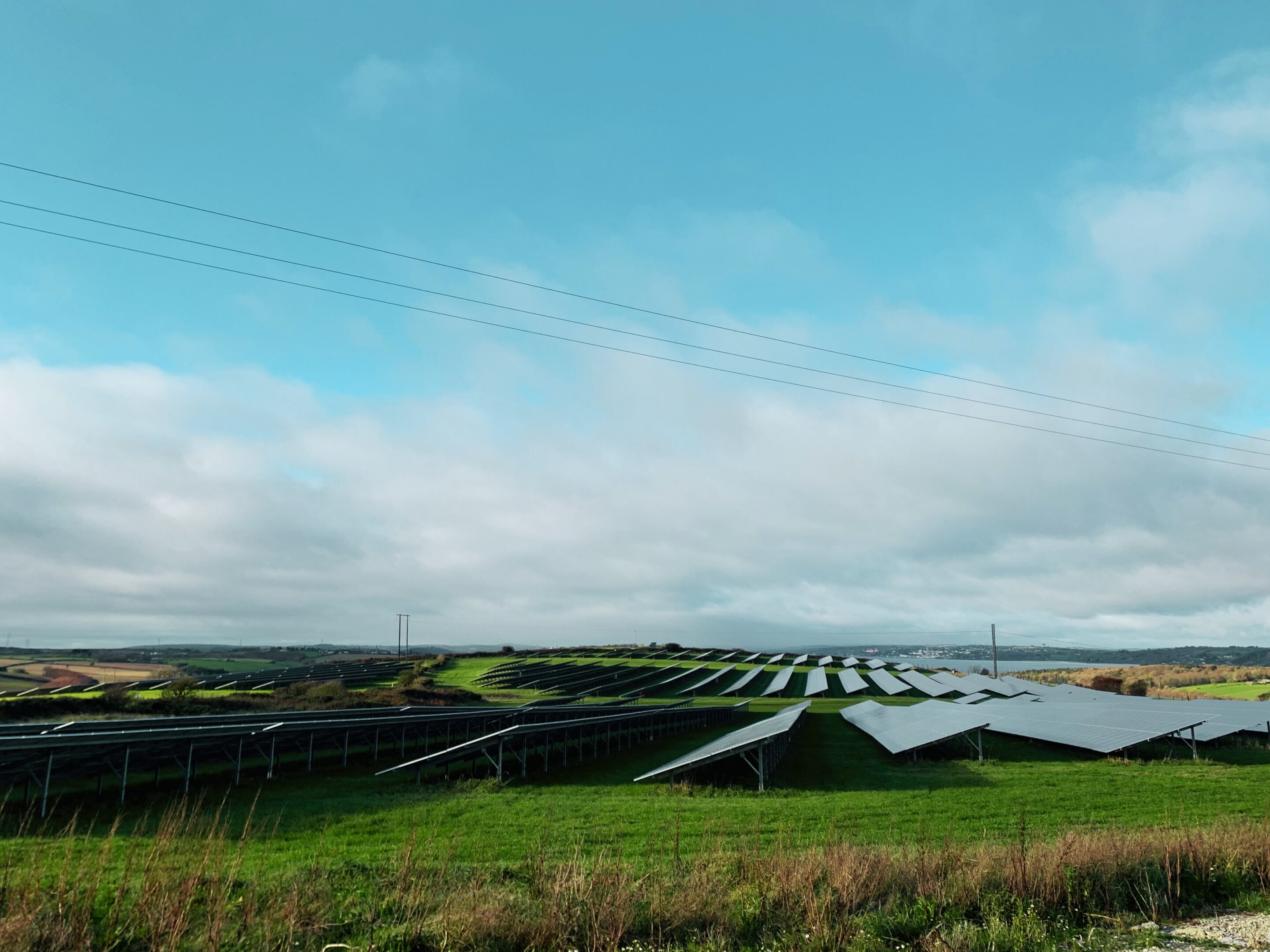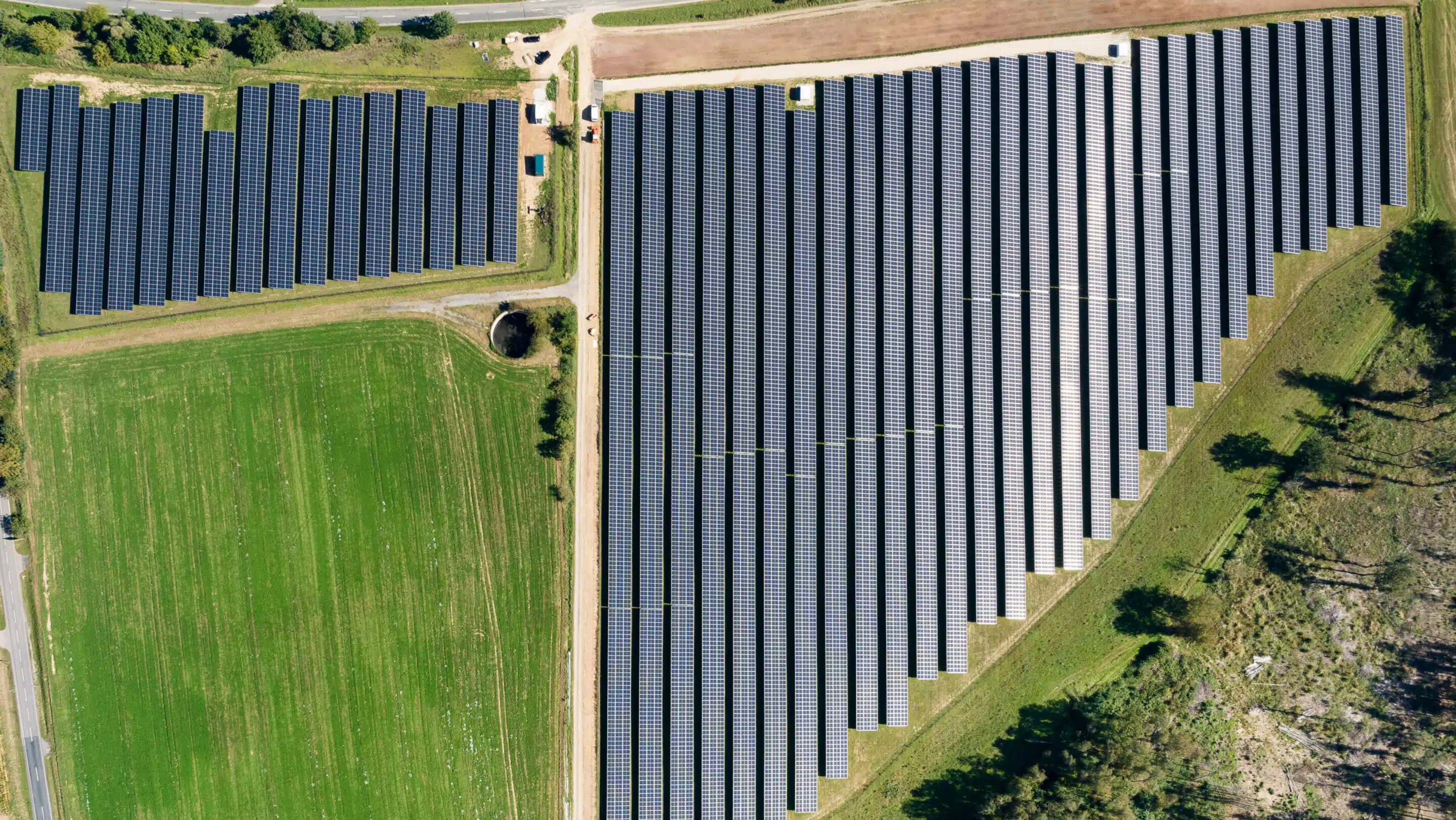During preparation of the yield study, optimisation potential for the plant layout can still be identified”.
The yield analysis is indispensable for financing and reselling projected PV systems. “The yield report serves as a basis in purchase or sales negotiations. It objectively and professionally substantiates the expected yield and is the main argument for the offered purchase or sales price,” explains Johannes Liebich, Head of Engineering & Technical Advisory at greentech. “Nowadays also every bank requires a yield assessment for the photovoltaic systems they are financing: Only with this, a realistic assessment of the profitability is possible.”
As an owner’s engineer, greentech specialises in analysing and assessing external yield reports. In addition, as a technical advisor, the company also prepares its own well-founded, bankable photovoltaic yield assessments, taking all relevant factors into account. “The result is a detailed and realistic yield forecast for the respective PV system. It objectively presents the economic potential of the planned photovoltaic system,” says the yield assessor.
Yield forecasts at different planning stages and in different levels of detail
Already in the initial planning phase during the project development, concrete conclusions about the expected yield and the associated general suitability of an area as a location for a PV system can be drawn based on certain information about the respective area. These are for example the specific plot of land with marked property boundaries, a standardised plant design and the use of suitable irradiation data.
“The available data is set in relation to each other by use of a yield simulation software which calculates the expected yield based on the given information”, Liebich explains. In this context, a digital elevation model of the terrain situation is often created. “A precise image of the terrain situation can be taken via drone technology and imported into the design software as a 3D model, where the module layout will be created. The resulting shading scene can then be transferred to the yield simulation software. Impacts on the irradiation due to differences in height or shading situations are thus considered in detail when calculating the yield.”
The more precise and comprehensive the information, the more reliable the yield forecast will be. If there are no data available, the calculation at this point is initially carried out with the usual industry assumptions. “Experience shows, however, that supposedly small differences can lead to considerable deviations in the yield forecast. For a result that is as realistic as possible, it is therefore particularly important to include all relevant available parameter in the calculation,” says the PV engineer.
Realistic yield forecasts require concrete data and information
To be able to prepare a yield assessment that is as close to reality as possible, a detailed preliminary planning of the respective PV project is necessary. A precise yield forecast is made – in addition to the balanced determination of expectable irradiation values at the site – primarily based on a concrete system design. Parallel to this, information is needed about the components selected for construction. Above all, the type and condition of the modules influence the yield. Other system components, such as inverters, substructure, transformers or battery storage and their interaction also have an influence on the potential yield. Further documents such as cable loss calculation, string connection as well as the conditions for the grid connection with the resulting specifications, such as the maximum feed-in power or the cos phi, must be considered for an accurate yield forecast.
Preparation of a bankable yield assessment
The results are then used to prepare a bankable yield assessment in accordance with the applicable content and formal requirements. In this context, it is important to explain the simulation procedure and the parameters and data used in a coherent manner and to derive the overall result in a way that is comprehensible for all subsequent users of the expert opinion.
“We always question the data and information provided to us for a yield assessment. Sometimes it happens that optimisation potential for the plant design becomes obvious during the preparation process of the yield assessment,” says Liebich. “In this case, we inform the customer about it, so he can decide whether he wants to adjust the design and increase the value of the project.”


